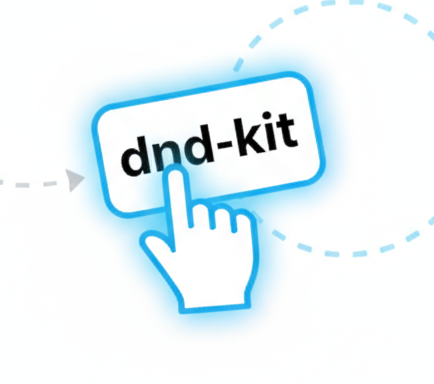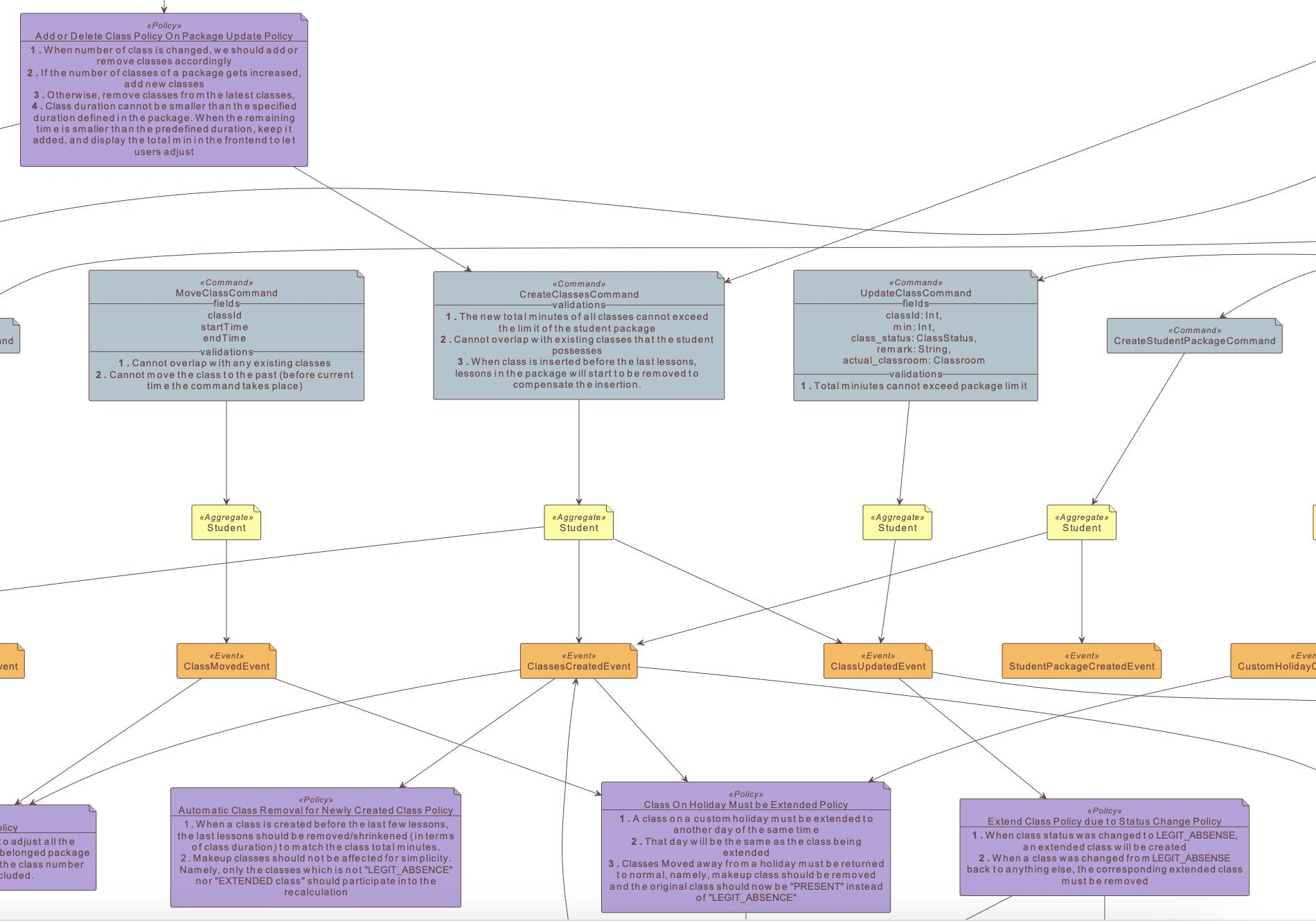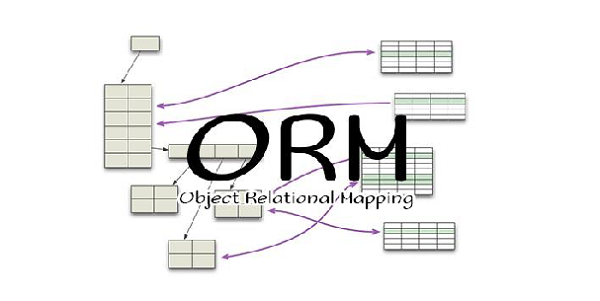1. Introduction of Function Literals
-
Function literals are frequently used as a constructor of objects.
-
Well known examples are
build.gradle.ktsandjetpack-composefor Andriod or Desktop UIs.
In the sequel let's consider the following builder function, a function literal takes the form
fun builder(dummyName: ClassA.() -> Unit) { ... }
which means that:
- We define a lambda function that can be treated as a method of
ClassA - This lambda function takes the signature
() -> Unit. - To call this lambda function, we invoke
classA.dummyName(). builderorchestrates the execution of the above defined operations.
2. Example
class Properties { var time: String? = null } class BuildInfo { private var properties: Properties? = null fun withProperties(configure: Properties.() -> Unit) { val _properties = Properties() _properties.configure() properties = _properties } } class SpringBootExtension { private var buildInfo: BuildInfo? = null fun withBuildInfo(configure: BuildInfo.() -> Unit) { val _buildInfo = BuildInfo() _buildInfo.configure() this.buildInfo = _buildInfo } }
Let's create a builder function which builds a SpringBootExtension object.
// builder function fun springBootEextension(build: SpringBootExtension.() -> Unit): SpringBootExtension { val extension = SpringBootExtension() extension.build() return extension }
Which means that
springBootEextensionaccepts a lambda function which is defined as if we are inside of the class definition ofSpringBootExtension,- The name
buildis in fact dummy and can be anything we want, it is just a name to invoke the execution of the lambda.
fun createExtension() { val extension = springBootEextension { // trailing closure without input params withBuildInfo { // it is a method inside of SpringBootEextension // it is accessible by the closure because our context is now SpringBootEextension withProperties { // accepts another closure for configuration time = null // context is now Property class, can make changes to the created Property object } } } }
-
In short,
ClassA.() -> Unitcan be read as configuration ofClassAin many cases (and bear in mind that it is a lambda function defined inside ofClassA). -
In terms of this terminology:
springBootEextension(_: SpringBootExtension.() -> Unit)accepts a configuration ofSpringBootExtensionwithBuildInfo(_: BuildInfo.() -> Unit)accepts a configuration ofBuildInfowithProperties(_: Properties.() -> Unit)accepts a configuration ofProperties













